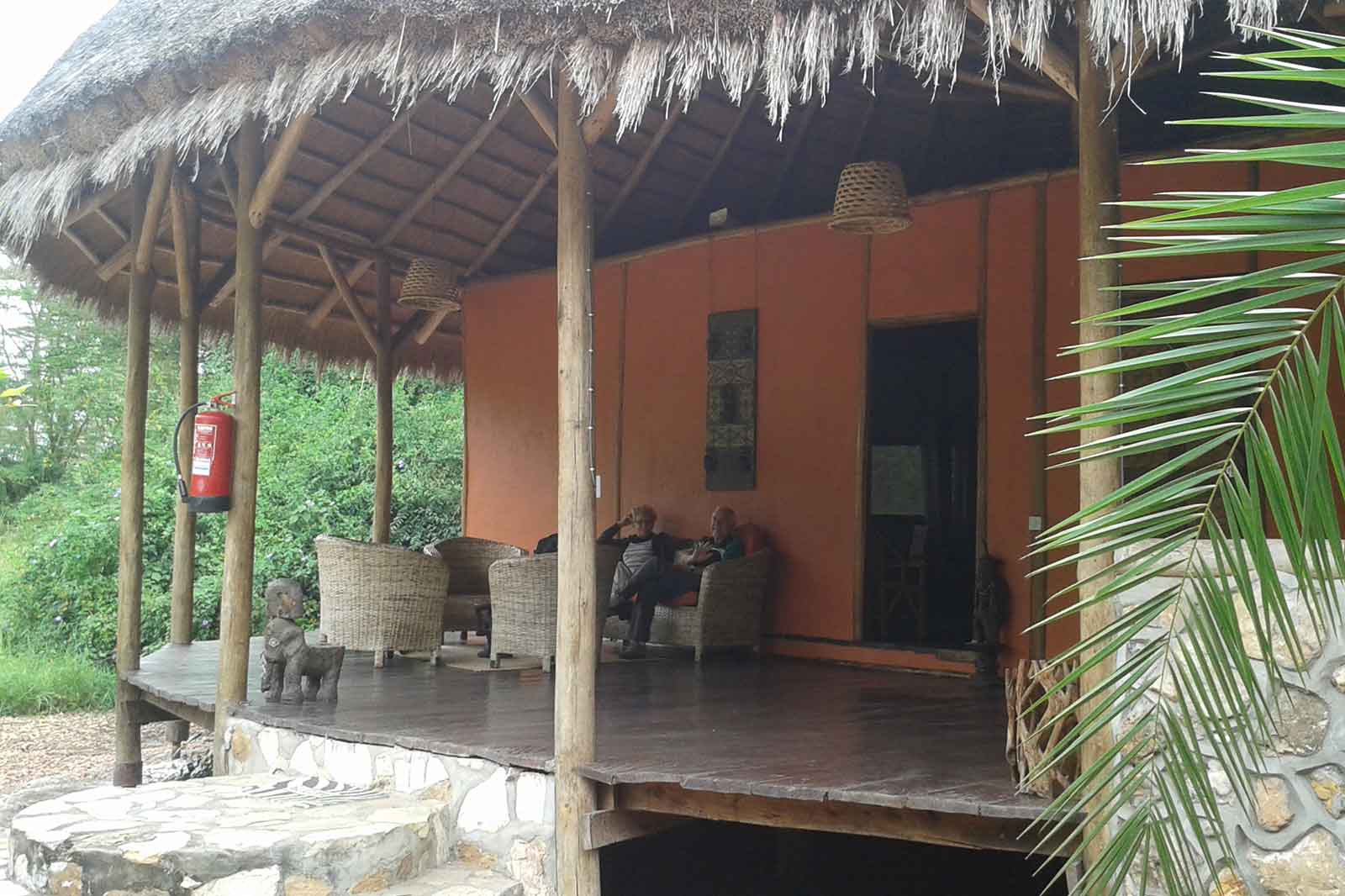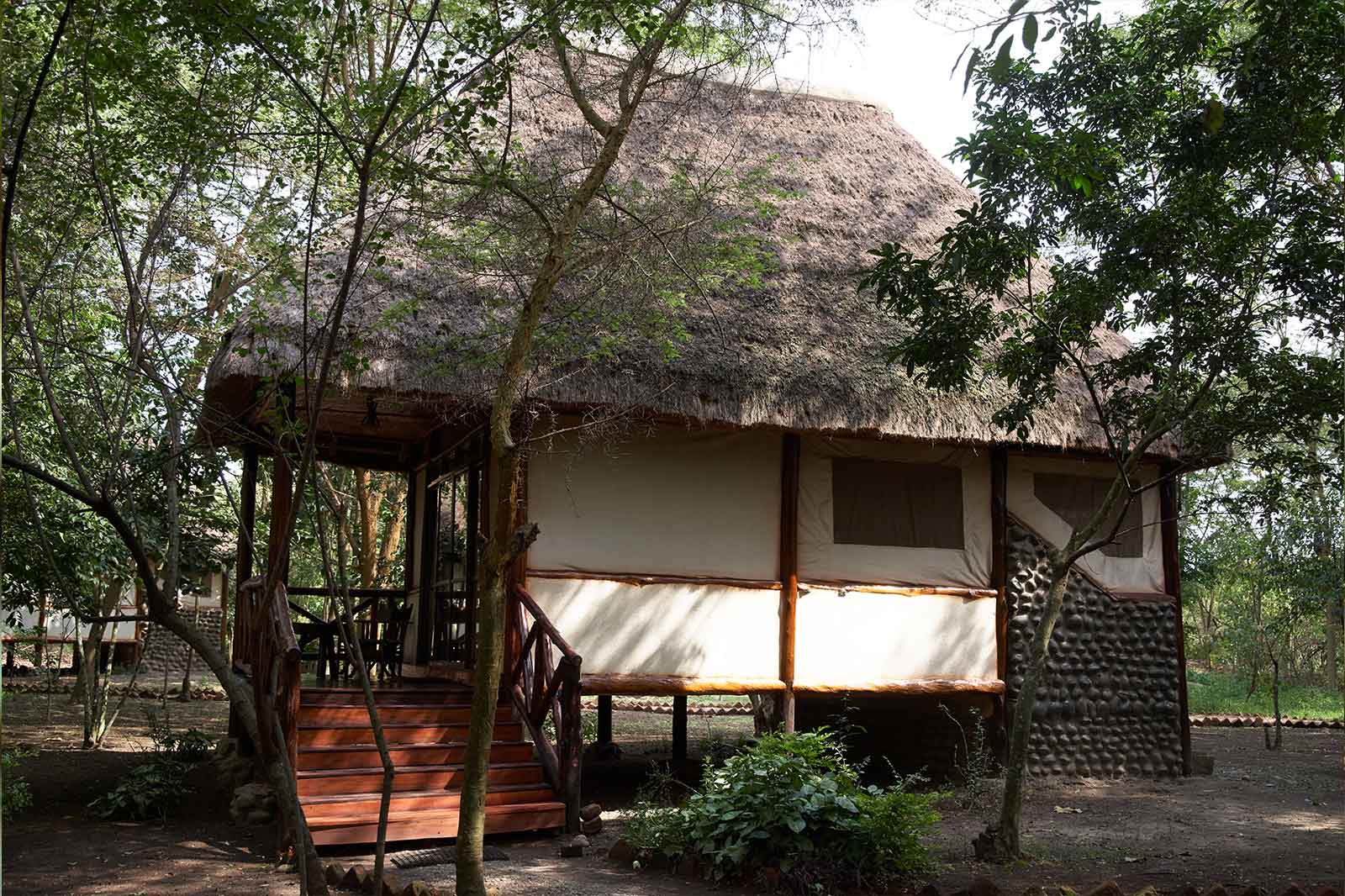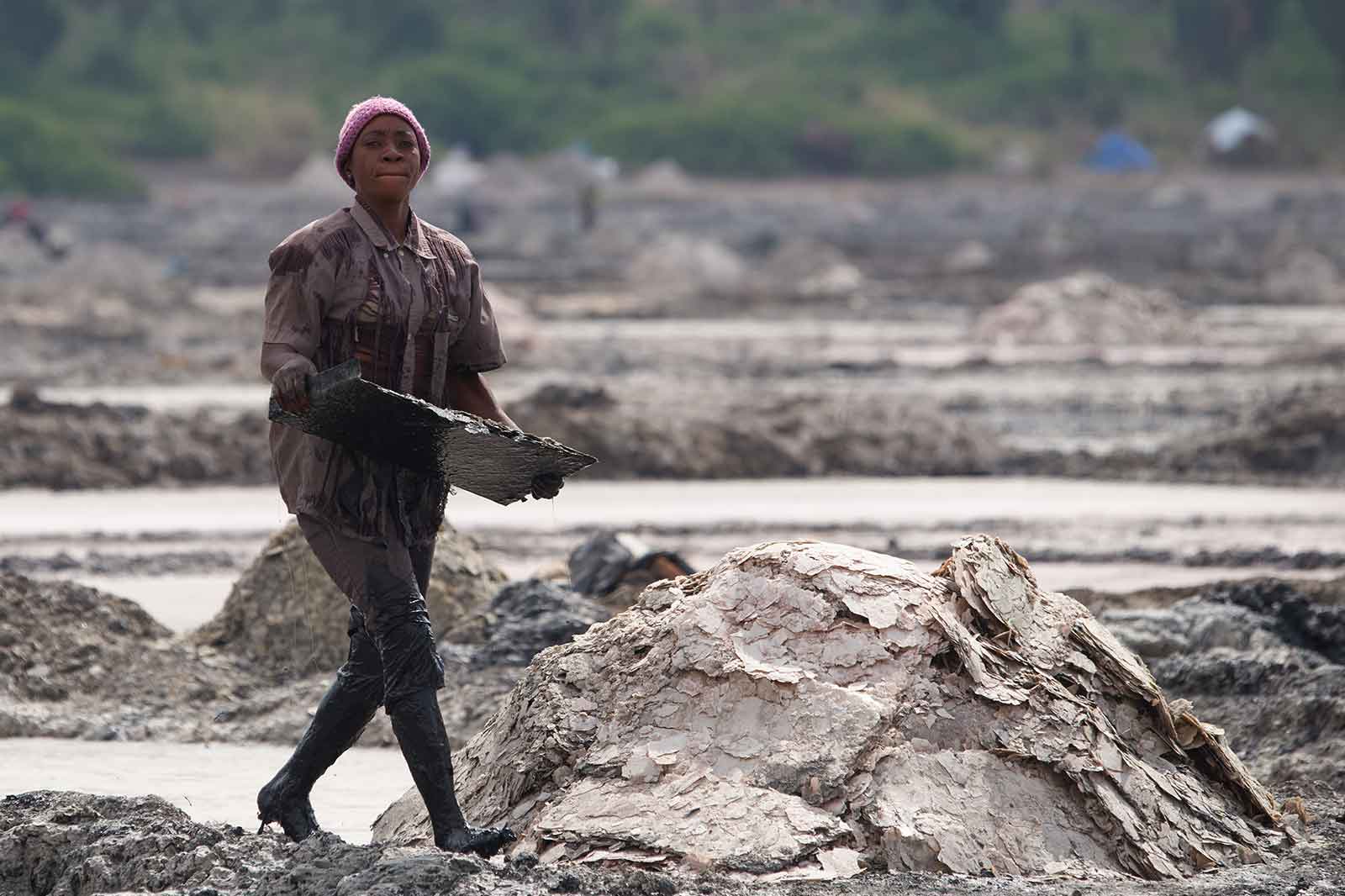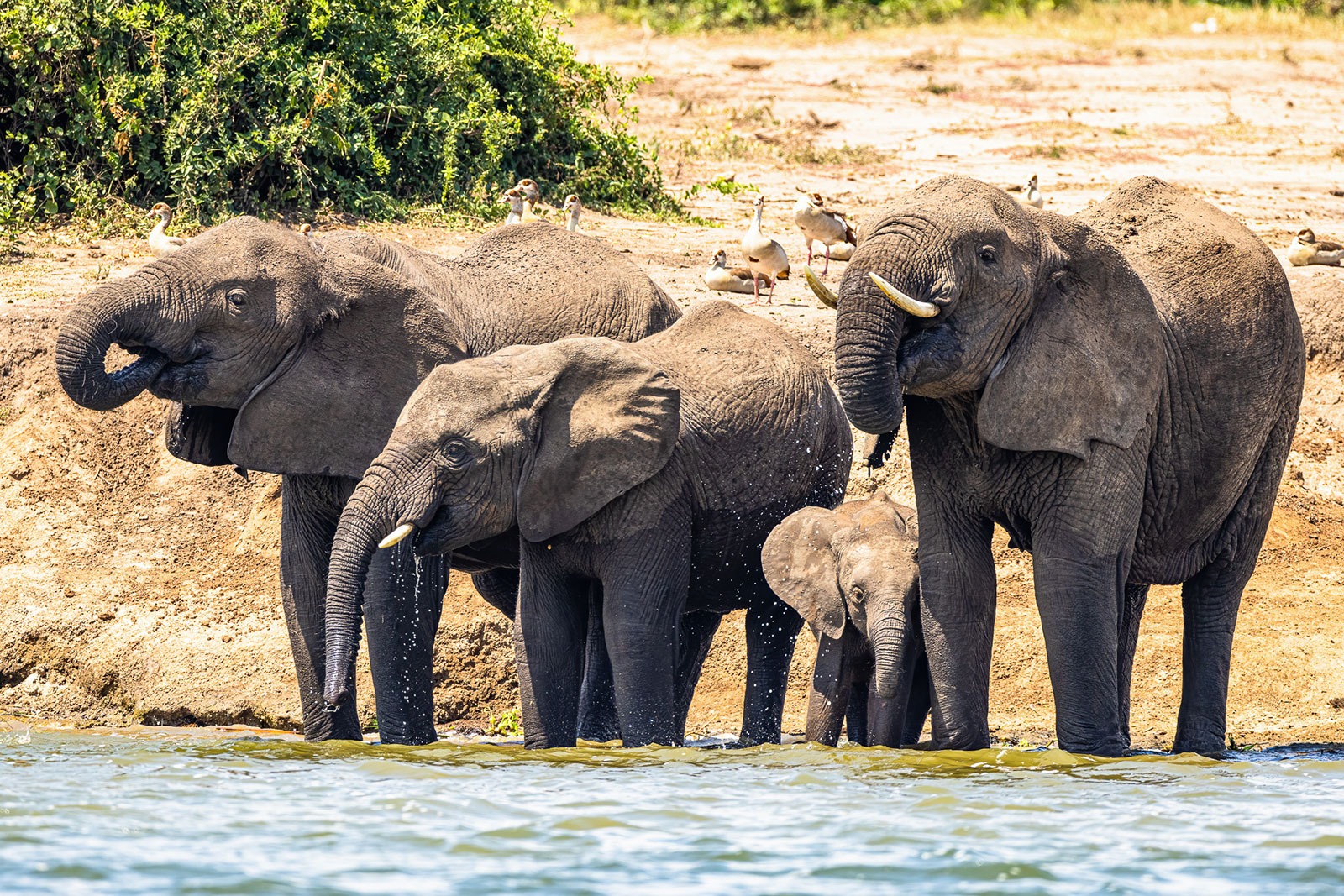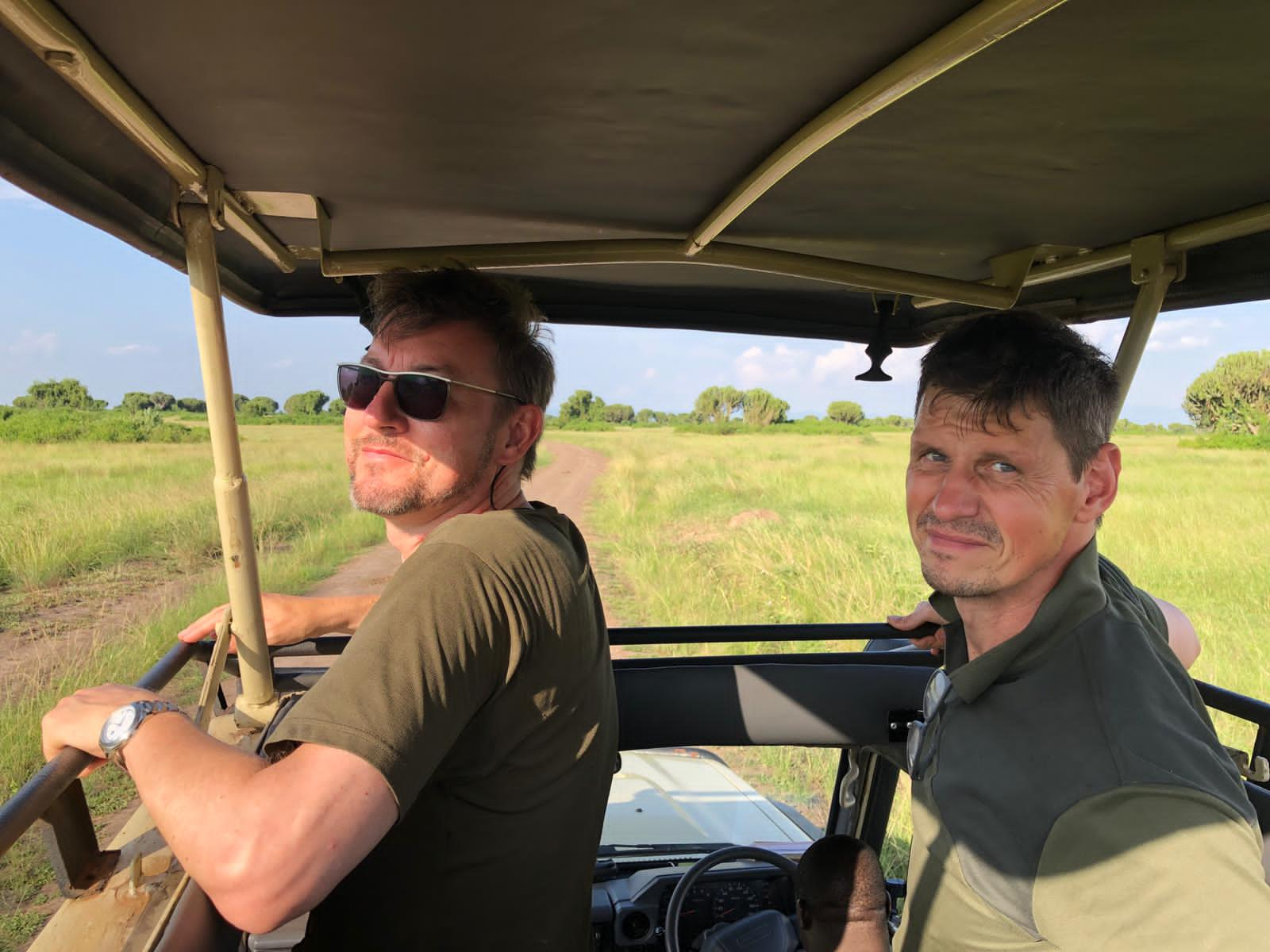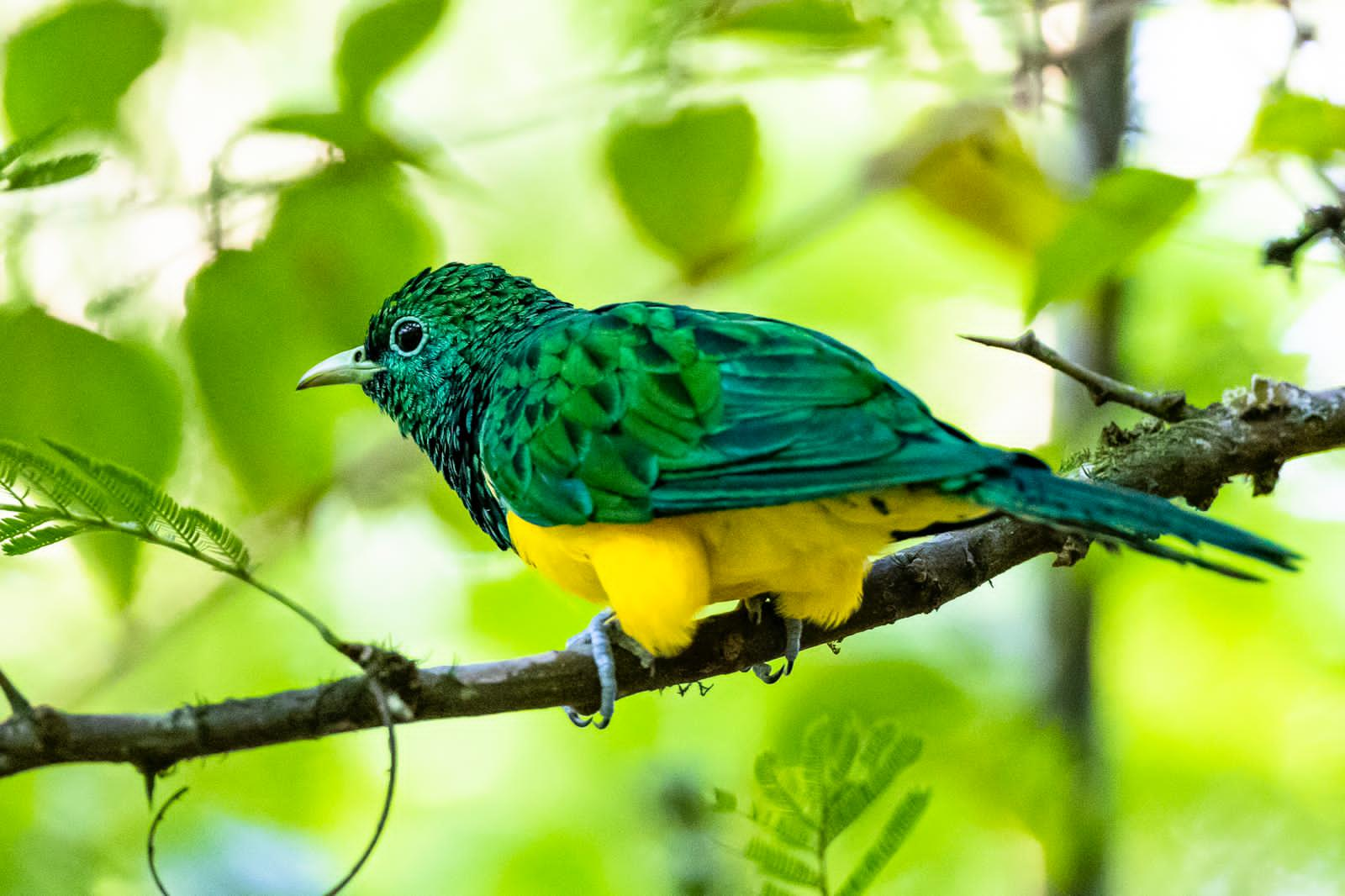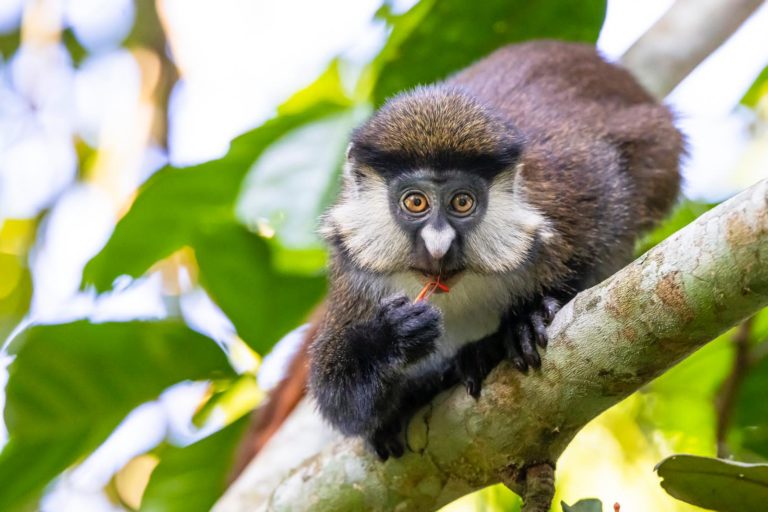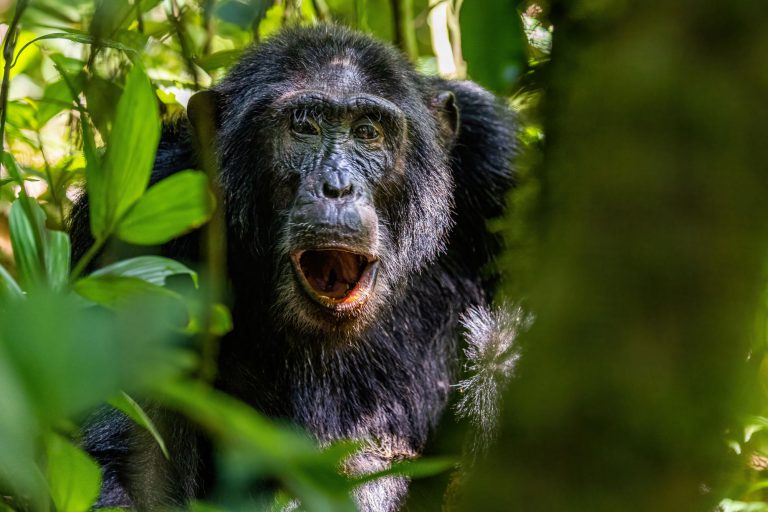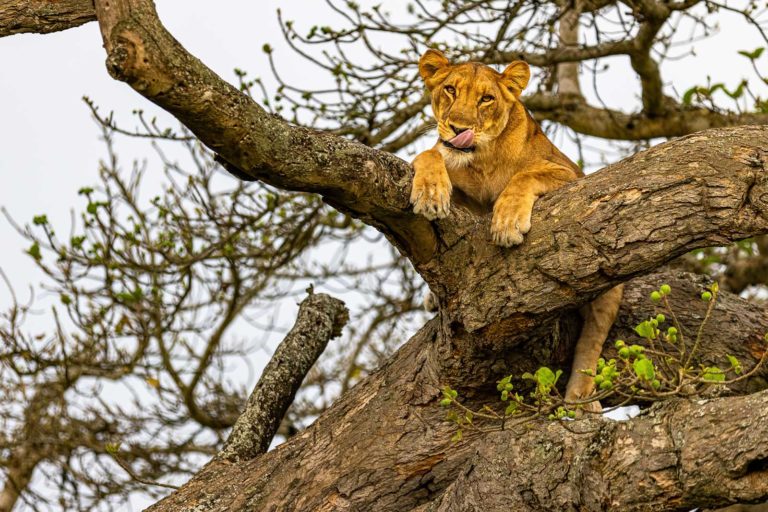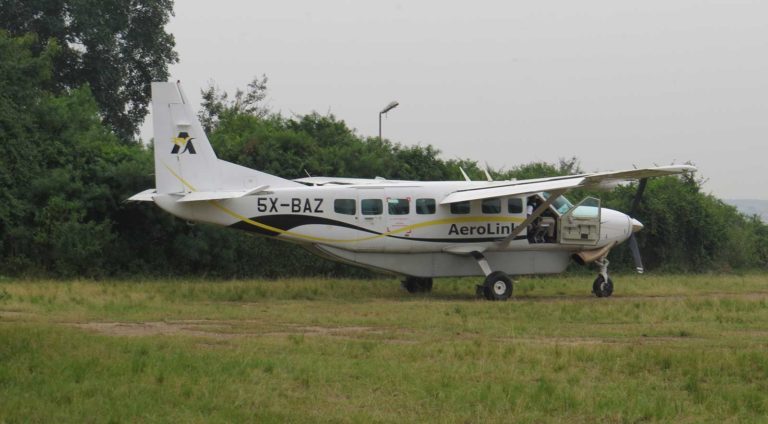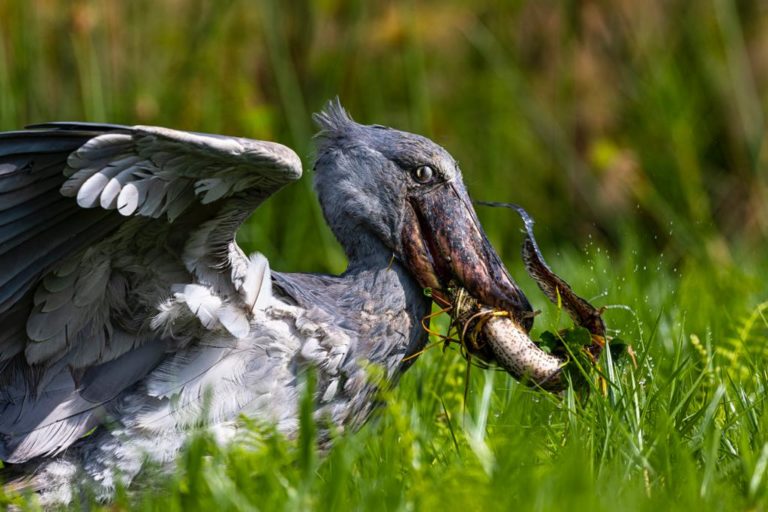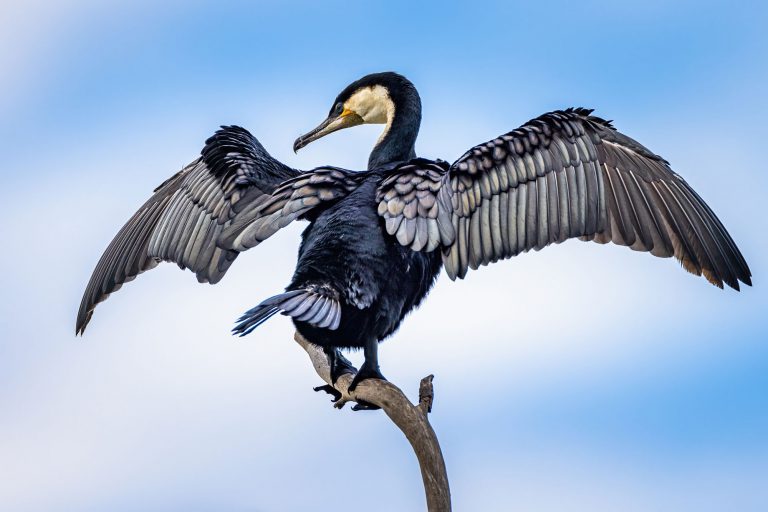Queen Elizabeth National Park
The history of Queen Elizabeth national park
The colonial government gazetted Queen Elizabeth national park in 1952. Previously, it was Kazinga national park. However, it was renamed two years later to commemorate the visit by Queen Elizabeth II. Thus it is Uganda’s oldest park.
The park, together with the Maramagambo forest, kyambura and kigezi wildlife reserve form a large conservation area. This is further recognized as one of the most diverse ecosystems in Africa. The park is also known for its volcanic cones. In addition, deep craters have vegetation as well as water. Several crater lakes are in the northern side of the park. These include the salty lakes of Katwe and Bunyampaka. Indeed the local people extract salt from these lakes. The Equator runs across the park. Additionally, the Kazinga channel passes through the park. This water body connects two lakes namely George and Edward.
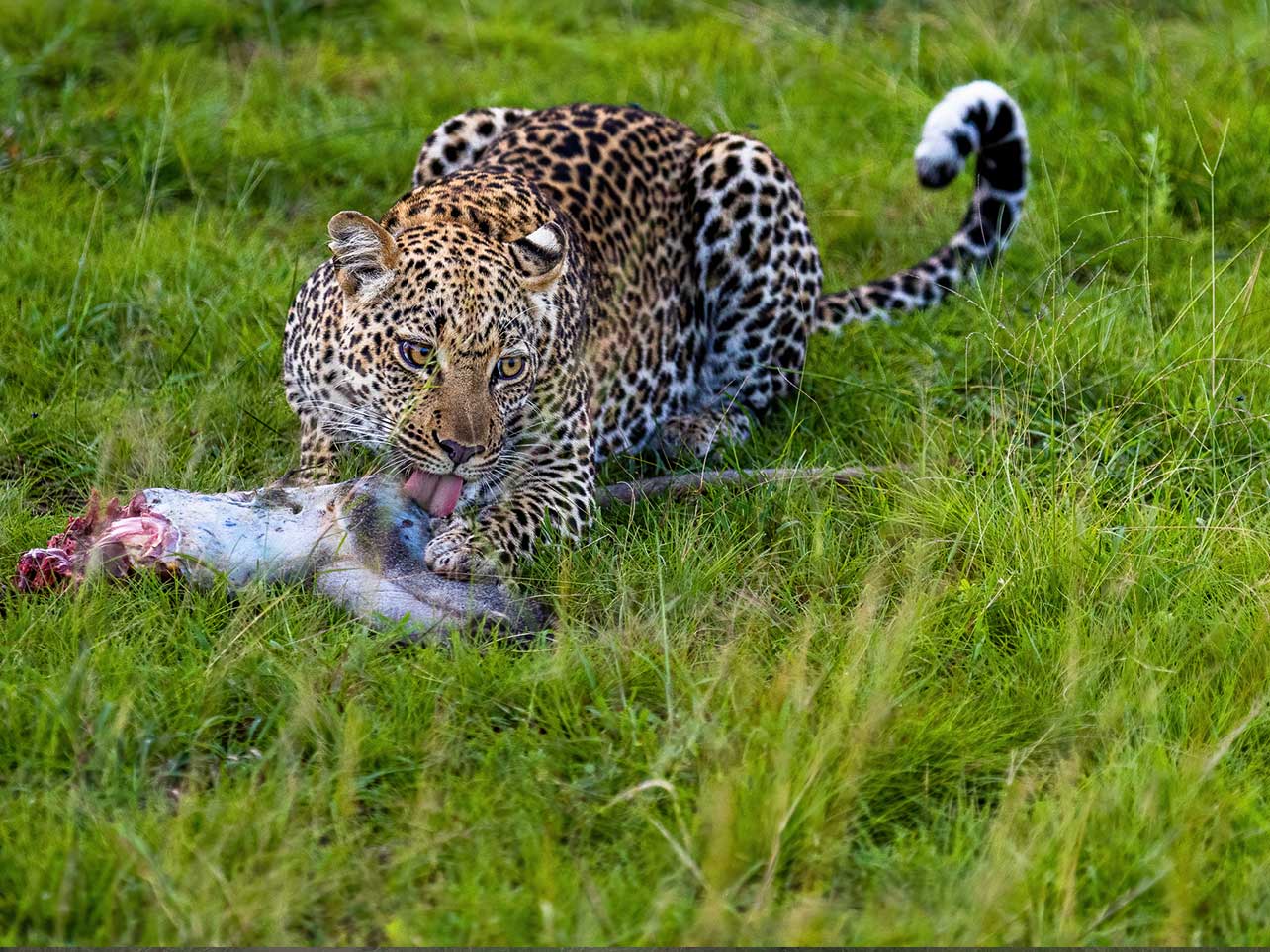
The Vegetation of Queen Elizabeth national park
Queen Elizabeth national park is largely a savannah and woodland area. Not only Maramagambo forest but also the Kyambura forested Gorge are in the park. The Ishasha area that is south of Queen Elizabeth national park is home to the tree climbing lions. The plains also support herds of elephant, Buffalo, Topi and kob. You can best see the tree climbing lions on game drives in Ishasha. The lions lie in the trees during the heat of the day between 11:00 and 5:00 pm. From the trees, the lions get to cool off from the heat. Moreover, they are able to see their prey from above.
Biodiversity in the park
Naturally, the park is home to around 95 mammals. Moreover, there are ten primate species. These include chimpanzees and monkeys in the Kyambura gorge. The maramagambo forest is clearly the jungle part of the park. Elephants and lions are in the Kasenyi plains. There are hyenas, buffaloes and leopards. Water-bucks, giant forest hog, crocodiles and hundreds of hippos are within and along the Kazinga channel. There are over 600 bird species in the park. All of them are forest, water and grassland birds. These include the African Spoonbill, grey headed Gull and green-backed Heron. Also the three banded Plover, great white Pelican and Flappet Lark.
Size of Queen Elizabeth national park: 1978 sq.km
Location:
The park lies in western Uganda towards the border with the D.R. Congo.
Accessibility of the park:
From Entebbe and Kampala through Mbarara, it is 460 kms. You can as well fly into the park from Entebbe. Definitely flying tours are arranged. Since, small air-crafts do land within the park at Mweya or in Ishasha. Alternatively, there is an airfield in the nearby Kasese town.
Tourism activities:
There are exciting game drives and boat cruises. Furthermore, there are experiential walks to see the animals up close. On the other hand, the nature walks are in Maramagambo forest for bird watching. Besides, chimpanzee trekking is in Kyambura. And cultural performances at Hamkungu village.
Lodges in the park:
The Mweya Lodge is of high budget as well as Katara lodge. But Kasenyi safari Camp and Twin Lakes lodge are of Medium budget. Deep within the park, the park bandas offer budget accommodation.


